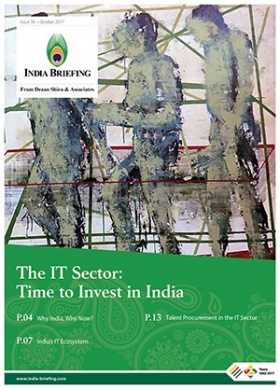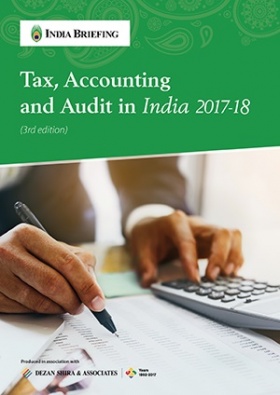ADB Raises India’s Growth Forecast to 6 Percent
Sept. 22 – The Asian Development Bank (ADB) has changed its growth forecast for India to 6 percent from 5 percent in March on the strength of the country’s stimulus measures and monetary policies. The bank also predicts that India’s economy will expand by seven percent next year. “The government’s strong fiscal stimulus, complementing the […]
New Tariff Rules Announced for Renewable Energy Industry
Sept. 18 – India’s Central Electricity Regulatory Commission (CERC) has announced a new tariff regime aimed at encouraging more investment in the renewable energy sector. The new tariff regime will offer 19 percent pre-tax return on investment in new projects for the first 10 years and 23 percent in the subsequent period says The Economic […]
India Signs Tax Treaties with Belgium, France and Germany
Sept. 16 – The Indian government has signed social security agreements with Belgium, France and Germany to avoid double tax discrimination and compliance costs for international executives operating in between their home country and India. The agreement provides for exemptions from contributions to be made in the host country in cases involving short term deputation […]
India to Introduce Plastic Bank Notes
Sept. 9 – The Reserve Bank of India is set to introduce plastic bank notes in the ten rupee denomination. The plastic bank notes would last longer by 4 years compared to one year for normal currency notes in addition to also being harder to counterfeit. The bank has initially decided to introduce 1 billion […]
Indian Economy Recovers by 6.1 Percent
Sept. 1 – India’s economy grew by 6.1 percent from April to June despite the previous quarter’s 5.8 percent growth and the economic crisis stunting its manufacturing and services sectors. According to Delhi’s Central Statistical Organization, mining, electricity and financing sectors performed well during the quarter while there was a registered slowdown in trade, hotels, […]
New Foreign Trade Policy Raises Duty Credit for Exporters
By Chris Devonshire-Ellis Sept. 1 – India’s Ministry of Commerce and Industry recently released its new Foreign Trade Policy for 2009-14, effective immediately. New measures were introduced to counterbalance the effects of the global financial crisis on exporters. Among these are changes under India’s export promotion schemes that would allow exporters to claim higher duty […]
Criticism of India’s News Tax Code Unjustified
Aug. 27 – India’s new tax code changes have led analysts to suggest that this would make the country a less attractive venue for foreign investment, according to The Financial Times. The draft of the tax code includes such changes as taxing assets regardless of whether investors have realized profits or not and giving tax […]
India to Revise Double Tax Avoidance Agreements
Aug. 12 – India will soon revise its double tax avoidance agreement (DTAA) with other countries with anti-abuse rules for agreements made before 2004, reports The Economic Times. Treaties made after 2004 already have anti-abuse rules in place that limit tax benefit provisions. For its treaty with Mauritius made after 2004, a joint working group […]








